FOSSILS OF THE
CARPATHIAN REGION

LIFE OF THE PAST
James O. Farlow, editor
FOSSILS OF THE
CARPATHIAN REGION

ISTVN FZY AND ISTVN SZENTE
GARETH DYKE, English Text Editor

This book is a publication of
Indiana University Press
Office of Scholarly Publishing
Herman B Wells Library 350
1320 E. 10th Street
Bloomington, IN 47405-3907 USA
iupress.indiana.edu
Telephone orders 800-842-6796
Fax orders 812-855-7931
2014 by Istvn Fzy and Istvn Szente
All rights reserved
No part of this book may be reproduced or utilized in any form or by any means, electronic or mechanical, including photocopying and recording, or by any information storage and retrieval system, without permission in writing from the publisher. The Association of American University Presses Resolution on Permissions constitutes the only exception to this prohibition.
 The paper used in this publication meets the minimum requirements of the American National Standard for Information SciencesPermanence of Paper for Printed Library Materials, ANSI Z39.48-1992.
The paper used in this publication meets the minimum requirements of the American National Standard for Information SciencesPermanence of Paper for Printed Library Materials, ANSI Z39.48-1992.
Manufactured in South Korea
Library of Congress Cataloging-in-Publication Data
Fzy, Istvn.
[A Krpt-medence smaradvnyai. English]
Fossils of the Carpathian region / Istvn Fzy and Istvn Szente ; English text editor, Gareth Dyke.
pages cm. (Life of the past)
Includes bibliographical references and index.
ISBN 978-0-253-00982-1 (cloth : alkaline paper) ISBN 978-0-253-00987-6 (ebook) 1. FossilsHungary. 2. FossilsCarpathian Mountains Region. 3. PaleontologyHungary. 4. PaleontologyCarpathian Mountains Region. 5. Geology, Stratigraphic. 6. GeologyCarpathian Mountains Region. 7. GeologyHungary. I. Szente, Istvn, 1960 II. Dyke, Gareth. III. Title.
QE755.H9F6913 2013
560.94399dc23
2013008540
1 2 3 4 5 19 18 17 16 15 14
TO
Miksa Hantken (18211893),
pioneer of micropaleontology
AND
Baron Ferenc Nopcsa (18771933),
dinosaur hunter of Transylvania
CONTENTS
DETAILED OUTLINE OF THE TEXT (CHAPTER NUMBERS AS INDICATED)
MAPS
All maps were prepared by Lszl Zentai, cartographer, Etvs Lornd University, Budapest.
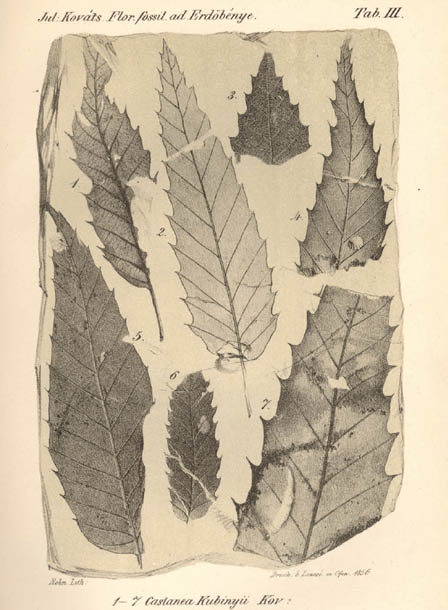
Miocene fossil plants illustrated in an article by Gyula Kovts (18151873), Erdbnyei satag virny (The fossil flora of Erdbnye), which appeared in 1856 in the first issue of the first Hungarian geological journal. This article, which also included seven lithographic plates of similar beauty, is one of the earliest paleontological publications in Hungarian.
PREFACE
Every single flower awaits a mention Every handful of dust is remarkable
SNDOR WERES, THERE IS STILL SO MUCH TO...
Every day we stare in wonder at the gentle vibrations of nature, with perhaps a sentiment similar to the one above in mind. Then we just hurry on. Not so biologists! They seek out, name, and list even the tiniest living creatures and so far have discovered about 1.5 million species in the name of science. But this is merely the tip of the iceberg: According to some estimates, the number of still-unknown species may be between 5 and 100 million, and these estimates do not take into account the numbers of individuals within these species. After all, the population of mammals named Homo sapiens (one species!) numbers in the billions. Who would now undertake the task of counting every single flower?
And so if we know so little about the living world, what can be said about the plants and animals of the pastabout the creatures that lived millions, or billions, of years ago? Some researchers think that just 1 percent of the species that have ever lived are alive today, and something on the order of 99 percent are extinct. Nonetheless, the number of extinct (fossil) species so far described can be estimated to be a few hundred thousand at most. We cannot even begin to estimate how many species could have lived in the geological past, or how diverse life once was. Indeed, as the Apostle Pauls simple words teach us, our knowledge is fragmentary. Numberless tiny, microscopic fossils may lie hidden in a single barrowful of sedimentary rock, while in other places spectacular, large fossils wait to be found. Who would now take on the task of mentioning every remarkable handful of dust?
This book, therefore, is not a complete inventory of the known fossils from the Carpathian Region. Nor does it provide a complete geological historyalthough the history of fossils is, of course, tightly interwoven with geological events. The book is not systematic in its treatment of fossils, either, but most of the noteworthy groups are touched upon. Fossils old and young are discussed as part of the long list of ancient plants and animals from the Carpathian Basin: minute species and giants, vertebrates and invertebrates. Some are mentioned for their huge abundance, and others because their discovery was an event. The most famous of all the fossils from this region, the spectacular Mesozoic dinosaursMagyarosarus dacus and its contemporariesare treated in detail.
Fossil sites are also included in this book, and although it is not a field guide, we hope that nature lovers and fossil hunters will find concrete and useful information herein. Collecting fossils is a noble passion: let us go out and search for them! As a result of studying fossils we will learn more about nature, the hundreds of millions years that has passed for the living world, andindeedabout ourselves.
Finally, we give an old greeting common to miners and geologists, and wish every reader good luck!
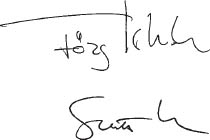
ACKNOWLEDGMENTS
The authors express their sincere thanks to Professors Andrs Galcz and Lszl Kordos, who reviewed the Hungarian version of this manuscript and made useful suggestions that allowed us to improve it. The present English edition has benefited significantly from the comments of academician Barnabs Gczy, who read the first Hungarian version enthusiastically and carefully and provided useful comments. Special thanks are dedicated to Gareth Dyke, the English text editor of this volume, whose work was thorough and who has done much more than could normally be expected. His contribution was essential and is highly appreciated.
The translation of the Hungarian version of this book into English was made possible by financial support generously provided by the following enterprises and organizations: initially Szalai Group SL (Mallorca, Spain), then later TXM, Oil and Gas Exploration Ltd. (Hungary), Geomega Ltd. (Hungary) and the Hantken Miksa Foundation (Hungary).
Most of the fossils figured in this book belong to the collections of the Hungarian Natural History Museum (Budapest) and the Geological Museum of Hungary (Budapest); some are housed at the Etvs Museum of Natural History (Budapest). We thank the leaders of these institutions for making the collections in their care available to us. Dezs Ills and Blint Pterdi kindly helped us to explore the rich collections of the Geological Museum of Hungary.
Next page

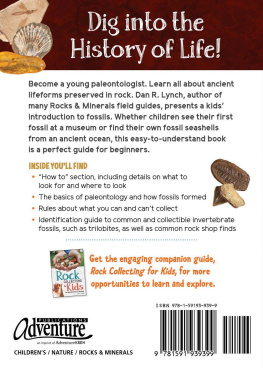
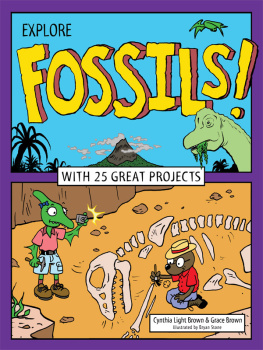

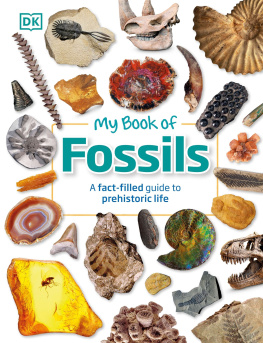
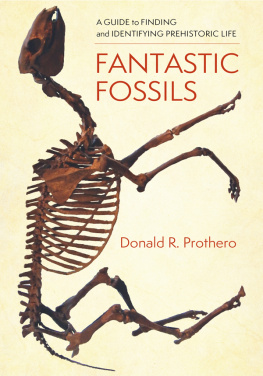
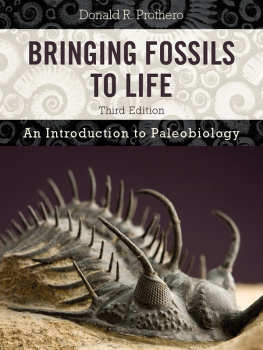




 The paper used in this publication meets the minimum requirements of the American National Standard for Information SciencesPermanence of Paper for Printed Library Materials, ANSI Z39.48-1992.
The paper used in this publication meets the minimum requirements of the American National Standard for Information SciencesPermanence of Paper for Printed Library Materials, ANSI Z39.48-1992.
